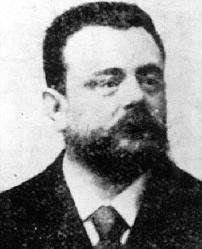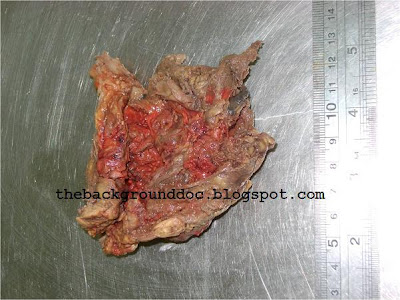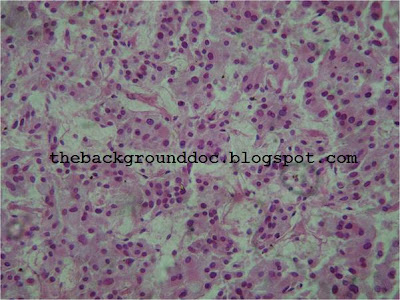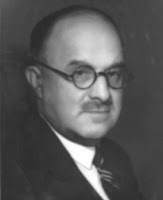This male neonate died after 48 hours after delivery with abdominal distention and fever.
There was no abnormal history during pregnancy and delivery. A wrong clinical diagnosis of hepatosplenomegaly was made. A full autopsy was performed. On external examination, significant abdominal distention was noted. Internal examination revealed pneumoperitoneum and large bowel necrosis with multiple submucosal gas-filled cysts. The other organs were grossly normal.

Pneumatosis intestinalis when present, is diagnostic of necrotizing enterocolitis. It is thought to be due to the production of gas from bacterial fermentation of substrate with a significant portion being hydrogen gas.
Necrotizing enterocolitis (NEC) occurs primarily in premature low birth-weight infants who have undergone some form of perinatal stress.
ANTAL GENERSICH
Antal Genersich (
 1842-1918), was a hungarian pathologist who first described a case with signs and symptoms similar to NEC in a 45 hour old premature infant who died within 24 hours (Genersich A: Bauchfellentztindung beim Neugeborenen in. Folge yon Perforation des Ileums. Arch Pathol Anat 120:485, 1891.)
1842-1918), was a hungarian pathologist who first described a case with signs and symptoms similar to NEC in a 45 hour old premature infant who died within 24 hours (Genersich A: Bauchfellentztindung beim Neugeborenen in. Folge yon Perforation des Ileums. Arch Pathol Anat 120:485, 1891.)He was the founder of the Anatomical Pathology Institute in Cluj/Kolozsvar. A disciple of Rokitansky and Virchow, Genersich was a great theorist but also a clinical doctor.
























